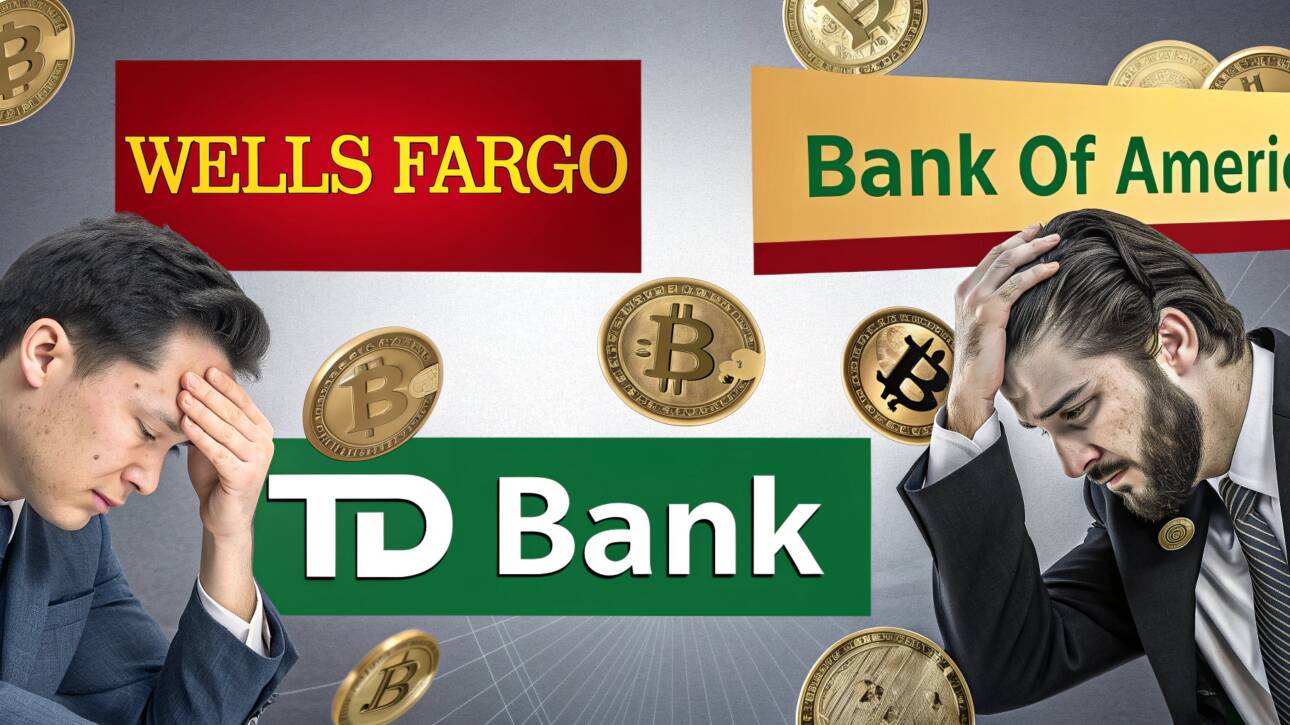Firstly, Different jurisdictions have set out different reasons for creating central bank digital currencies (CBDCs). Some countries, particularly those with already-operational CBDCs for retail purposes, aim to to promote financial inclusion. But in countries where most citizens have access to financial services, central banks are interested in CBDCs as an aspect of the increasing digitalization of finance.
We argue that CBDCs do have added value, but this is not the same for every country.
Central banks could also choose to use CBDCs to guarantee in full citizen’s holdings (currently, deposits in commercial bank are only partially guaranteed), but this would trigger major changes in the financial system in terms of the role of commercial banks in intermediation and the role of fiat money. So far, central banks have not opted to go this way.

In the euro area, consumers have multiple payment options and a very efficient retail payments system. The currency enjoys high levels of trust and is not challenged by the emergence of private currencies, such as Bitcoin, or by the risk that cash, a monetary system’s anchor, will disappear. Therefore, creating a CBDC for retail purposes in the euro area offers little obvious value added, at least for the foreseeable future.
However, there is a strong debate going on for building a CBDC that banks could use for cross-border wholesale purposes (ie with other currencies). Wholesale CBDCs could revolutionize the way that cross-border, cross-currency payments are made for two reasons.
- Cross-border payments are currently slow and inefficient. Pilot projects have shown that wholesale payments with CBDCs can generate substantial time and cost savings.
- Any two central banks that have operational wholesale CBDCs could settle transactions between themselves. This would be very different from the current system, as most settlements today are done via the dollar (and then the euro) infrastructure and use correspondent banks.
Further…The euro area and the United States would have to consider carefully from a geopolitical perspective how wholesale CBDCs might affect their global economic standing. By developing a CBDC for wholesale purposes, the European Union would be able to contribute to developing the global standard. – Dan Hughes
Central bank digital currencies (CBDCs), a digital equivalent of cash, are increasingly gaining traction. At least 114 jurisdictions, representing 95 percent of global GDP, are at some stage of developing a CBDC . In 11 countries, CBDCs are now a reality and operate in parallel to their physical equivalent. But it is not necessarily easy for the consumer to understand the difference between a euro in coin or note form and a digital euro.
A good starting point in identify the benefits of CBDCs is to understand the problem that cannot be solved through the increasing range of digital payment options provided by the private sector, and which therefore requires the state’s intervention. This is important in explaining why the taxpayer might be asked to finance the creation of a CBDC.
The Worry of Central Banks
In countries with high levels of financial exclusion and where there is a lack of modern and reliable digital payment systems, a CBDC can facilitate access to payments for many people. But in countries with ample payment solutions and where financial exclusion is a second-order problem, the justification is different. Central banks worry that as finance becomes increasingly digitalized, two things might happen: first physical cash, the anchor of any financial system, will be displaced, and second, private currencies will become popular. Both could reduce the monopoly of sovereign money.
Central banks have become interested in the idea of CBDCs for three main reasons:
- 1: Increasing use of digital payments. The increased digitalization of payments reduces the role and use of cash in most economies. Cash is often referred to as the anchor of the financial system, providing the necessary trust to the whole system. The worry is that with decreasing use of cash in everyday transactions, physical cash would disappear, thus eroding trust in the system. A digital equivalent of cash would maintain the anchor while addressing the change in payment preferences.
-
The emergence of cryptocurrencies.
- 1: The Bitcoin revolution has provided means of payment that are privately issued and managed. If private money were to become successful, especially if it is in principle available to everyone globally, it could displace publicly issued money (cash) and fiat money that is issued by financial institutions but monitored and guaranteed in part by public authorities. The existence of private money reduces the money base that central banks control, and therefore reduces their ability to control inflation and monitor financial stability. With CBDCs, central banks would provide a digital equivalent of public money that would mimic the technological features of cryptocurrencies.
Acceptance
- 2: Improve the reach and efficiency of payment systems. In several countries where many people do not have access to the financial system or digital payments, CBDCs offer increased financial inclusion. This is potentially a game changer, and it is not a coincidence that those countries already using CBDCs, such as Nigeria and the Bahamas, have financial inclusion as a prime motive. However, even for countries where financial exclusion is a small and isolated problem, there are benefits to improving the efficiency of payments. This is particularly true for payments across borders, where CBDCs have the potential to create a global standard for international payments that is both efficient and universally accepted. This has the potential to revolutionize the way payments are settled between any two entities anywhere in the world.
Central banks fear this would compromise their ability to maintain monetary and financial stability.
Disruptive Banking Architecture
Finally on the retail side, the arguments for a digital euro put forward by the European Central Bank revolve around the speed of digitization of finance and the notion of strategic autonomy. The prospect of finance becoming predominantly and eventually even exclusively digital threatens the existence of sovereign money and compromises the role of its guardian, the central bank. The ECB also argues that a big part of all payments is managed by foreign players, who collect sensitive information about EU citizens. A pan-European payment method that is very close to cash would help reduce this vulnerability. It would also help homogenize payments in the euro area and, given easier access, may help promote the international role of the euro.
Could Apex POS With Crypto Take Over Retail Payments Soon?
In every day practice, the fear that cryptocurrencies could displace sovereign money has so far proved unfounded. Nevertheless, the experience is not the same around the world, and of course things might change in the very near future. The Apex™ POS System Developed by ZenChip PRIME Corp. This Front Desk™ Web Deployable Dashboard for Merchants Is as revolutionary as it is a Full Accounting Software, Point of Sale System, Product Management and Inventory Behemoth that would make an accountant gush, and includes ZenChip PRIME’s PATENTED Point of Conversion Technology for FREE!.
Despite its increasing size, the crypto market still represents a small fraction of the total financial system. According to the ECB, the value of all crypto assets represented less than 1 percent of total global financial assets.



